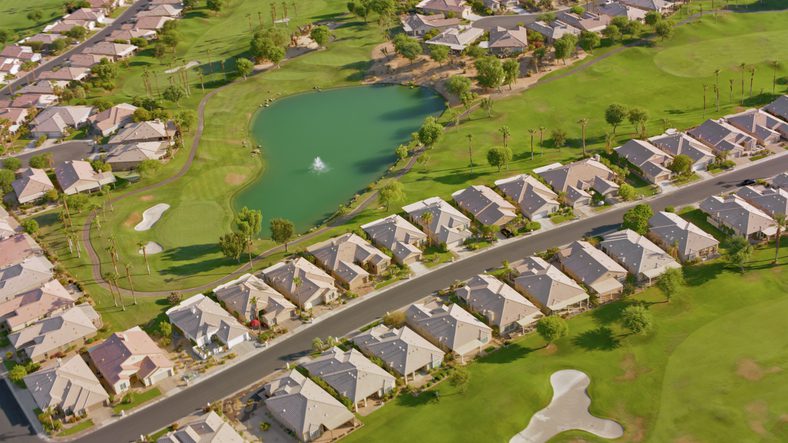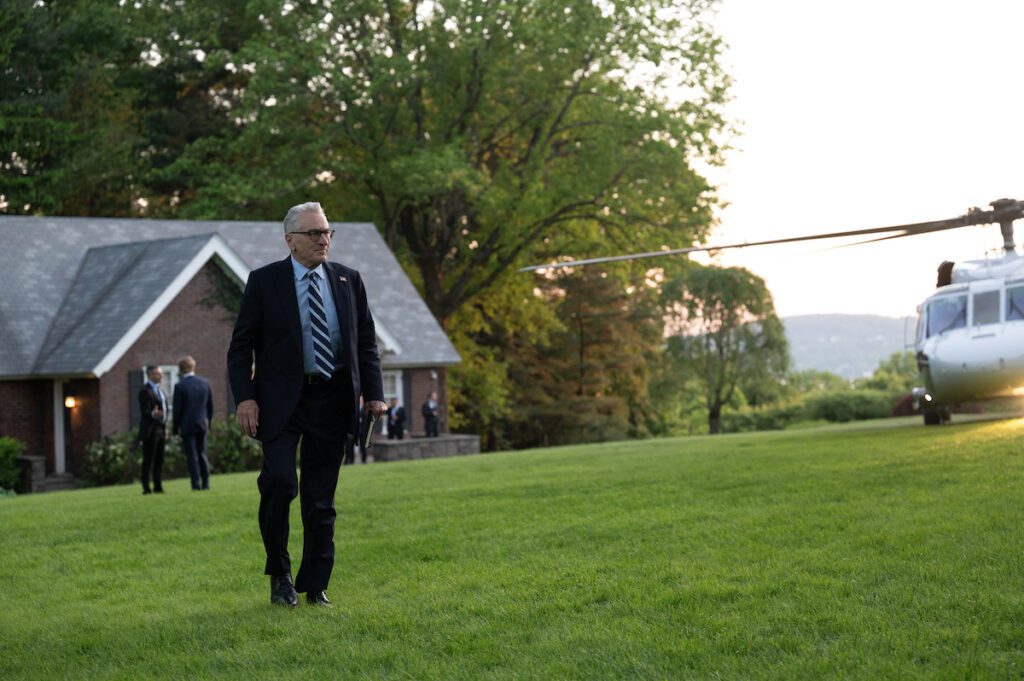Source: simonkr / Getty
The Palm Springs City Council has agreed to a historic $27 million settlement for Black and Latino families displaced from their homes during the 1950s and 1960s. Read more about the news inside.
The move comes as an acknowledgment of the racially driven policies that uprooted more than 200 families from the Section 14 neighborhood, an area predominantly occupied by people of color. Families were forcibly removed, and their homes were burned or bulldozed in actions now condemned as discriminatory and unjust.
Section 14 was a thriving community until systemic efforts to clear the land for redevelopment displaced its residents. Many families, some of whom have been waiting decades for justice, were left without compensation or alternative housing. The settlement will provide monetary reparations to those affected and their descendants, aiming to address the generational impact of the city’s actions.
Palm Springs officials and advocates for the displaced families view the settlement as a critical step toward restorative justice. The agreement also marks one of the largest reparative payouts in the U.S. addressing historical housing discrimination. It reflects growing awareness nationwide about the need to confront systemic racism and its enduring economic effects on marginalized communities.
While the settlement is a milestone, it cannot fully compensate for the trauma endured by the families who lost their homes and community ties. However, descendants of Section 14 residents have expressed hope that the reparations will provide some relief and an opportunity to rebuild the legacies disrupted by displacement.
This landmark case highlights the broader issue of housing inequality and the responsibility of governments to rectify historical wrongs. It also sets a precedent for other cities to take accountability for past injustices and work toward creating equitable futures for all residents.
Palm Springs’ decision highlights the importance of acknowledging and addressing systemic discrimination, paving the way for healing and progress.
An Instagram account focused on midcentury modern architecture, specifically focused on uplifting Black and Brown neighborhoods and property owners, recently shared a post about this new settlement. The account named @hoodmidcenturymodern has been watching this development closely and covering with updates.







